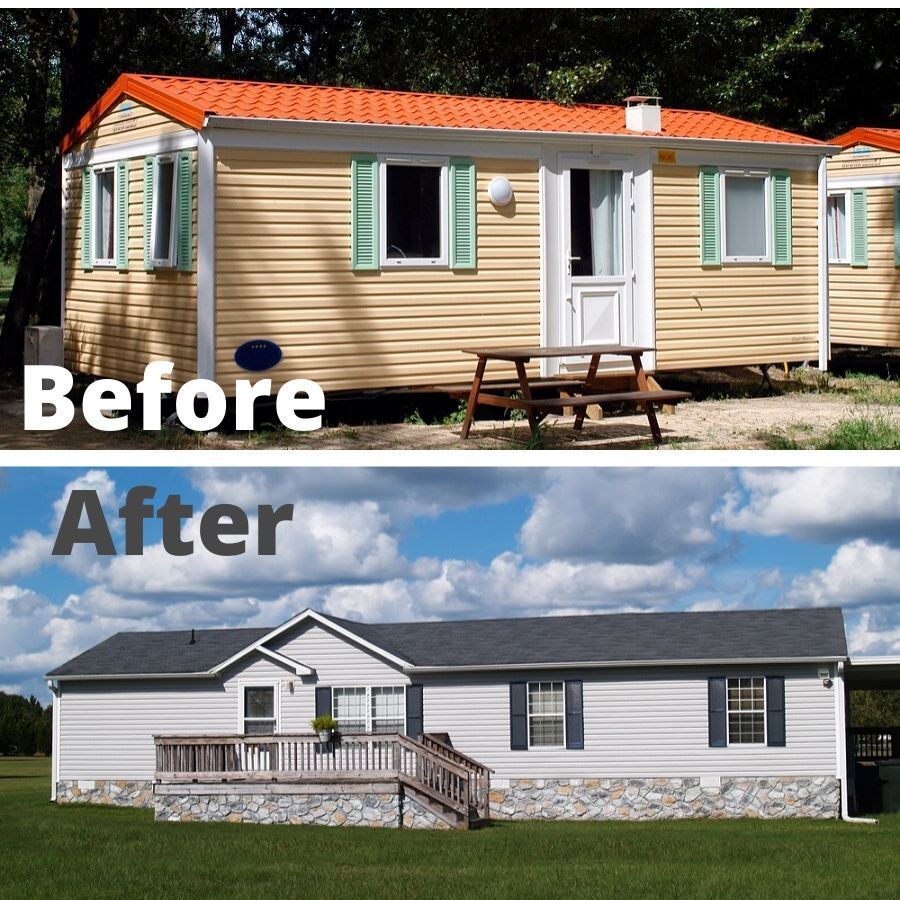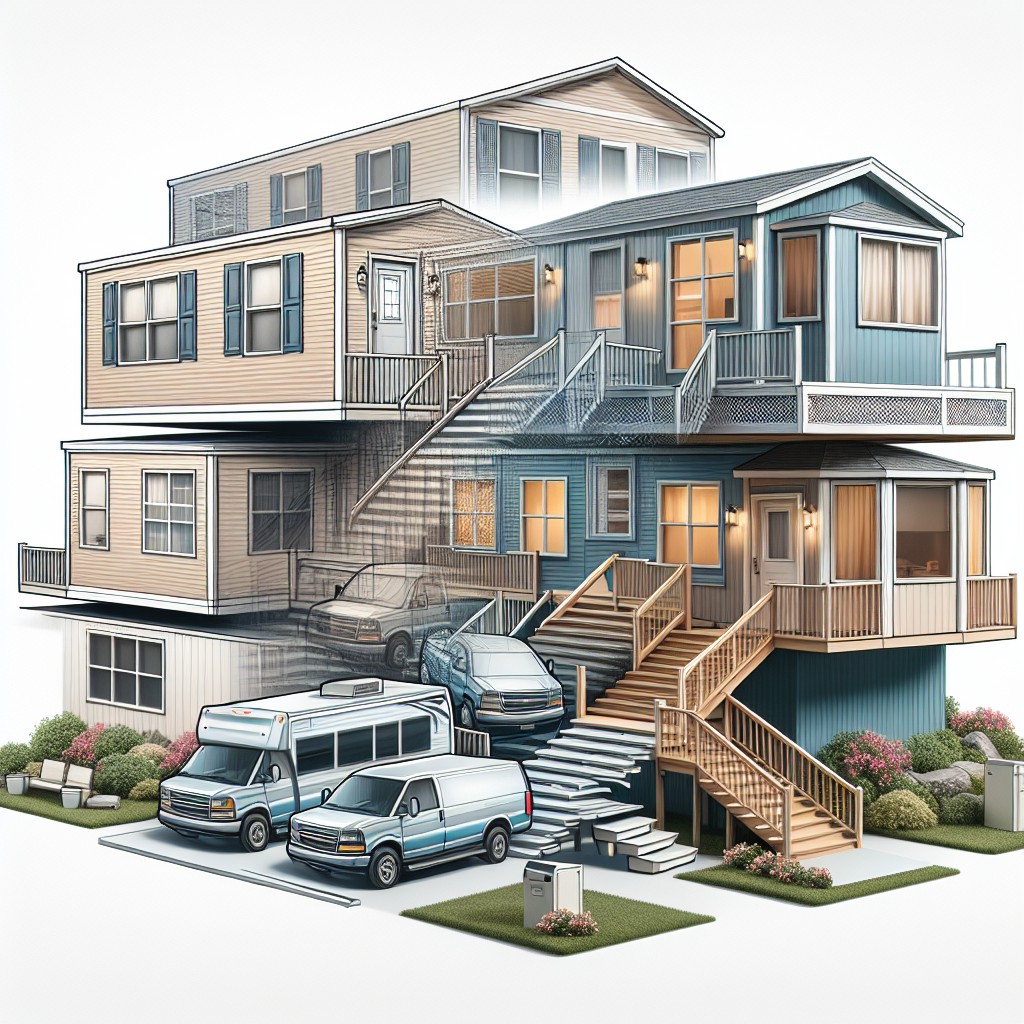Last updated on
Building an ADU can be a smart investment for homeowners seeking to increase property value and gain potential rental income, as long as local zoning laws and budget considerations align with the project’s goals.
Key takeaways:
- Building an ADU can increase property value and provide rental income.
- Consider the financial implications and costs of building an ADU.
- Understand the legal and regulatory considerations before starting an ADU project.
- ADUs offer long-term benefits, such as flexibility and sustainability.
- ADUs can be a strategic move for retirement and family planning.
What Is an ADU (Accessory Dwelling Unit)?

Affectionately known as granny flats, in-law units, or backyard cottages, ADUs are independent housing units on the same property as a main residence. They come in various forms: detached from or attached to the primary dwelling, or even as a garage conversion. Each offers a cozy abode, complete with its own kitchen, sleeping area, and bathroom.
The idea behind these structures is to provide a versatile living space. They can serve as a home office, a rental for supplementary income, or a private space for relatives. They also contribute to densifying neighborhoods without altering their character. With the rise in housing demand and shifting demographics, ADUs present a savvy solution for making the most out of residential lots.
The Financial Implications of Building an ADU
Embarking on the construction of an ADU can feel like you’re opening your personal piggy bank to the neighborhood. Yet, it’s less about the immediate dent in your wallet and more about the clink of future coins. Think of it as a chess move in the game of financial planning.
First, crunching numbers is key – initial costs can vary widely. Picture this: Building an ADU is akin to ordering a pizza; you’ve got the base, but every topping, from extra cheese to pineapple, adds to the bill. Location, materials, labor – these toppings can turn your modest margherita into a deluxe.
Don’t forget operating costs. Utility hookups, maintenance, and additional property taxes are recurring guests and they don’t always RSVP. On the flip side, rental income can be the guest bearing gifts, potentially offsetting mortgage payments or padding your savings for a rainy day.
Financing the project can feel like hunting for treasure in your backyard. Home equity loans, lines of credit, or even government grants are the ‘X marks the spot’. However, getting approval can be as tricky as convincing a cat to take a bath.
Lastly, resale value shines bright in the future. An ADU might just be the cherry on top of your home’s market appeal, attracting buyers like bees to a blooming garden.
Remember, this financial stew is best simmered with patience and careful planning. Fill your pot with research and seasoned advice to taste the sweet rewards of your investment.
Legal and Regulatory Considerations for ADU Construction
Navigating the red tape can feel like venturing through a maze, but considering the rules governing ADUs is vital before breaking ground. Different cities and states have varying regulations that can impact everything from the size of your structure to the required amenities.
Firstly, zoning laws are the game’s name. They lay down the ground rules on where ADUs can be built and often dictate the maximum square footage allowed. Ignoring these could lead to a costly and frustrating game of backpedaling.
Then, there’s the building codes chapter, ensuring your ADU is safe and sound for habitation. These codes cover a spectrum of requirements, from structural integrity to electrical wiring standards. Skimping on this area isn’t an option unless you fancy a run-in with the law.
Permitting isn’t exactly a walk in the park either. Keep in mind, securing the necessary permits is a non-negotiable step in the process. Skipping out only invites headaches, often in the form of work stoppages and penalties.
Utilities add another layer to consider. Some jurisdictions may require separate utility connections for your ADU, which can affect your construction timeline and budget.
Lastly, remember that rules tend to evolve. Staying abreast of the latest changes ensures your ADU project doesn’t become a regulatory relic before its time.
So, while it may seem like a barrage of bureaucratic buzzkill, these safeguards are in place for a reason. They protect you, future dwellers, and the broader community, weaving the safety net that makes your ADU a lasting haven.
Long-term Benefits of Adding an ADU
ADUs are a smart investment for the future. They offer flexibility, catering to various life changes like aging in place or providing privacy for adult children returning home. Meanwhile, renting out an ADU can generate a steady income stream, easing financial strain and potentially paying off the initial investment.
On a community level, ADUs can alleviate housing shortages, offering affordable living spaces in well-established neighborhoods without altering their character. Quietly, they’re helping cities expand housing options with a low-impact approach.
Additionally, concerning property value, these units often significantly increase your home’s market appeal. Potential buyers see them as a dual-purpose asset: a charming guesthouse or a rental opportunity that could offset their mortgage.
Think about sustainability – ADUs are typically smaller, requiring fewer resources to heat and cool, which in turn lessens your carbon footprint. Green living and efficiency are not just buzzwords; they’re practical realities with ADUs.
Lastly, ADUs can be a haven of creativity. A personal studio, a workshop, or a home office space, these units contribute to a heightened quality of life, far beyond the brick and mortar. They’re a testament to the adage, “good things come in small packages.”
Building for the Long-Term: ADUs for Retirement and Family
As your golden years gleam on the horizon, an ADU can be a strategic move. For those pondering a cozy nest for retirement, enlisting your backyard for an ADU invites both independence and proximity to loved ones. Less is often more in retirement; downsizing in a familiar locale keeps comfort close without the burden of unnecessary square footage.
There’s also the family factor to consider. An ADU can double as a launchpad for adult children starting their careers, or a comforting haven for aging parents. Life’s unpredictability calls for flexible living solutions, and ADUs can adapt over time to meet the shifting needs of family members.
Besides the personal touchpoints, ADUs can be a savvy economic decision. They offer potential rental income to buffer against retirement uncertainties or to assist in covering educational expenses for children. Homeowners often find that investing in an ADU pays dividends in peace of mind and financial security.
Building an ADU with long-term aspirations shapes communities and personal legacies. It sets a foundation not only for current convenience but also for embodying the warmth of family bonds and the foresight of planning ahead.
Related reading:
Table of Contents





